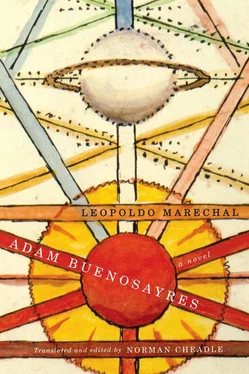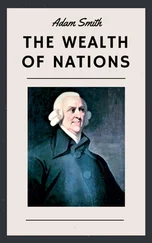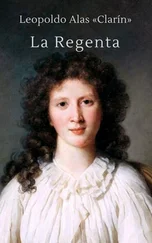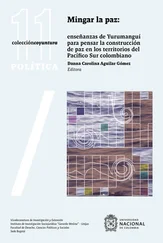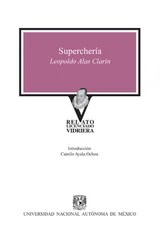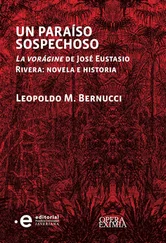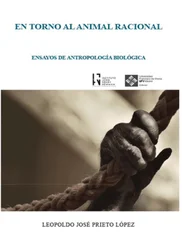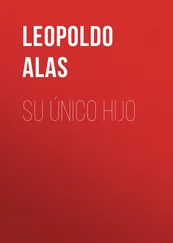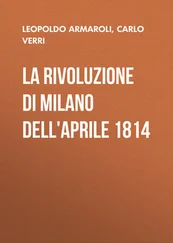However, the period evoked in the broad canvas of the novel is generally not the nasty thirties and forties, but rather the culturally effervescent twenties. Buenos Aires was directly plugged into the international network of the artistic and literary avant-garde. Just back from Europe in 1921, Borges and a few others, including Norah Lange, “published” the first issue of the review Prisma as a series of posters tacked to trees and pasted to walls throughout the city. This playful and provocative gesture set the tone for the decade to come. The short-lived Prisma was succeeded by Proa , in which Borges precociously wrote a review of Joyce’s Ulysses in 1924. Patronized by wealthy Argentine author Ricardo Güiraldes, a friend of Joyce’s translator and promoter Valery Larbaud, Proa gained international prestige and notoriety. Though the young avant-gardists rhetorically challenged the previous generation of writers, such as Manuel Gálvez, Ricardo Rojas, and Leopoldo Lugones, they adopted as their presiding genius the elderly Macedonio Fernández, an eccentric philosopher and exquisite humourist. Proa endured for two short spurts (1922–23 and 1924–26). Meanwhile, Martín Fierro (1924–27) came into being. The finest flower of the contemporary avant-garde, it was the review that gave a generation its name — the martinfierristas . Their manifesto (attributed to Oliverio Girondo) began like this:
Faced with the hippopotamic impermeability of the “honourable public”;
Faced with the funereal solemnity of the historian and the professor, which mummifies everything it touches; […]
Faced with the ridiculous necessity to ground our intellectual nationalism, swollen with false values that deflate like piggy-banks at the first poke;
[…]
Martín Fierro feels it essential to define itself and call upon all those capable of perceiving that we are in the presence of a NEW sensibility and a NEW understanding, which, when we find ourselves, reveals unsuspected vistas and new means and forms of expression;
[…]
Martín Fierro knows that “all is new under the sun” if looked at with up-to-date eyes and expressed with a contemporary accent. ( Revista Martín Fierro , XVI; my translation)
The basics of martinfierrista ideology and rhetoric can be gleaned from this brief excerpt: the cult of the new and of youth (common to the international avant-garde of the period), a taste for provocative hyperbole, an aggressive attitude that doesn’t take itself in complete earnest, but also a sort of soft cultural nationalism that deserves some commentary. The review is named after a nationally iconic literary figure. José Hernández’s El Gaucho Martín Fierro (1872) [Martín Fierro the Gaucho] and La Vuelta de Martín Fierro (1879) [The Return of Martín Fierro] comprise a two-part poem recounting the tragedy of the gaucho, cowboy of the pampas, whose way of life was being eroded by modernization. In El payador (1916) [The Gaucho Minstrel], Leopoldo Lugones consecrated Hernández’s work as the Argentine national epic and the gaucho as a symbol of Argentine national identity. But Lugones’s ideological manoeuvre is complicated, if not outright contradictory, for in the same breath he celebrates both the gaucho’s contribution to Argentine identity and the historical disappearance of this ethnic type tainted by “inferior indigenous blood” (83). Though racially mixed, the gauchos always self-identified culturally as cristianos and criollos rather than indios . The archetypal literary gaucho, Santos Vega, had long been a paradigm of telluric nobility. (To this day, the phrase hacerle a alguien una gauchada in rural Argentina means “to do someone a right fine favour,” as a real gaucho would do.) Martín Fierro becomes a new archetype: the noble gaucho with attitude.
When the manifesto of Martín Fierro impugns the “false values” of “our intellectual nationalism,” what is intended? Is the text alluding to Lugones’s seeming mystification? In what looks less like a serious prise de position than a provocative jab at Lugones, with whom he also polemicized on aesthetic issues, Marechal demanded that we “forget about the gaucho” ( Martín Fierro 34, 5 October 1926). Or does the manifesto impugn the tendency of the academic elite to imitate European models too closely? Is it perhaps simply an anarchic rejection of empty rhetoric? “Tradition, Progress, Humanity, Family, Honour are now nonsense,” writes martinfierrista Raúl Scalabrini Ortiz toward the end of the decade in a famous essay titled El hombre que está solo y espera (101) [The Man Who Is Alone and Waits/Hopes]. Or does the manifesto express an inchoate nationalism that deplores economic colonization by British capital with the acquiescence of the Argentine landed oligarchy? 18All these elements — and more — jostled and clashed among the contestatory martinfierristas , who lacked any coherent ideological program as a group and argued with each other as much as they rebelled against their seniors. In Book Two, chapter 2 of Adán , the mock heroes get into a tempestuous argument about Argentine national identity — upon what values it should be grounded — in an episode that will repay the reader’s close attention.
In that same violent discussion, the problem of criollismo gets an airing. With the phrase criollismo urbano de vanguardia , Beatriz Sarlo aptly synthesizes the motley ideological-aesthetic program of martinfierrismo (105). Nothing is surprising about the conjunction of the terms “urban” and “vanguard”; rather, it is criollismo that distinguishes the Buenos Aires avant-garde from its international context. Criollo was in colonial times the term for those of Spanish blood born on American soil, but came to mean simply “native to the Americas.” (The English and French cognates — Creole and créole — tend to be associated with the Afro-Caribbean.) In Argentina the term gradually acquired a more specific identitary thrust, somewhat comparable to the Québécois de souche of French-speaking Canada; the criollos were old-stock Spanish American Argentines, as opposed to indios on the one hand or immigrants on the other. But this ethnic distinction was destabilized by the massive influx of immigrants, both internal and foreign, into late-nineteenth-century Buenos Aires. The cultural movement of criollismo contained elements of class struggle as well. According to Adolfo Prieto, criollismo became a discursive site where competing social groups attempted to defend or establish their legitimacy. For the ruling Argentine elite — and their ideological representatives such as Lugones — the appropriation of rural, gaucho discourse was a way of keeping at bay the unnerving presence of the poor lower-class immigrants thronging to the capital and spilling outward from there. For rural Argentines displaced from country to city, it was an expression of nostalgia and an alternative to rebellion against the impositions and demands of modern (sub)urban life. And for foreign immigrants, adopting criollista cultural expression was a sort of fast track to cultural citizenship in the new country (Prieto, El discurso criollista 18–19). In Adán Buenosayres , for example, we meet Tissone, a son of Italian immigrants, who, although he has never set foot outside the city of Buenos Aires, handily makes his living doing a schtick as a payador or gaucho minstrel.
An urban criollista avant-garde, then, is a strange hybrid. In Europe, the avant-garde that looks to the technological city of the future normally turns its back on local autochthonous tradition. Not so the martinfierristas , even though their attitude toward an increasingly artificial and mediatized criollismo was ambiguous and conflicted. Marechal stages this conflict at the wake of Juan Robles, mud-stomper and “good old boy,” in Book Three, chapter 2, an episode that particularly delighted Cortázar (22b). As Prieto puts it, Marechal’s send-up of popular suburban criollismo brilliantly brings a long-lived cultural movement to a close ( El discurso criollista 22). But parody always enacts a sort of homage as well, and the colourful gallery of cultural types and stereotypes populating this and many other episodes of Adán Buenosayres add up to a celebration of Argentine popular culture and its expressive forms. Why else would the epigraph to the novel’s first chapter be constituted of verses from a sentimental tango?
Читать дальше
